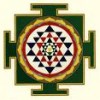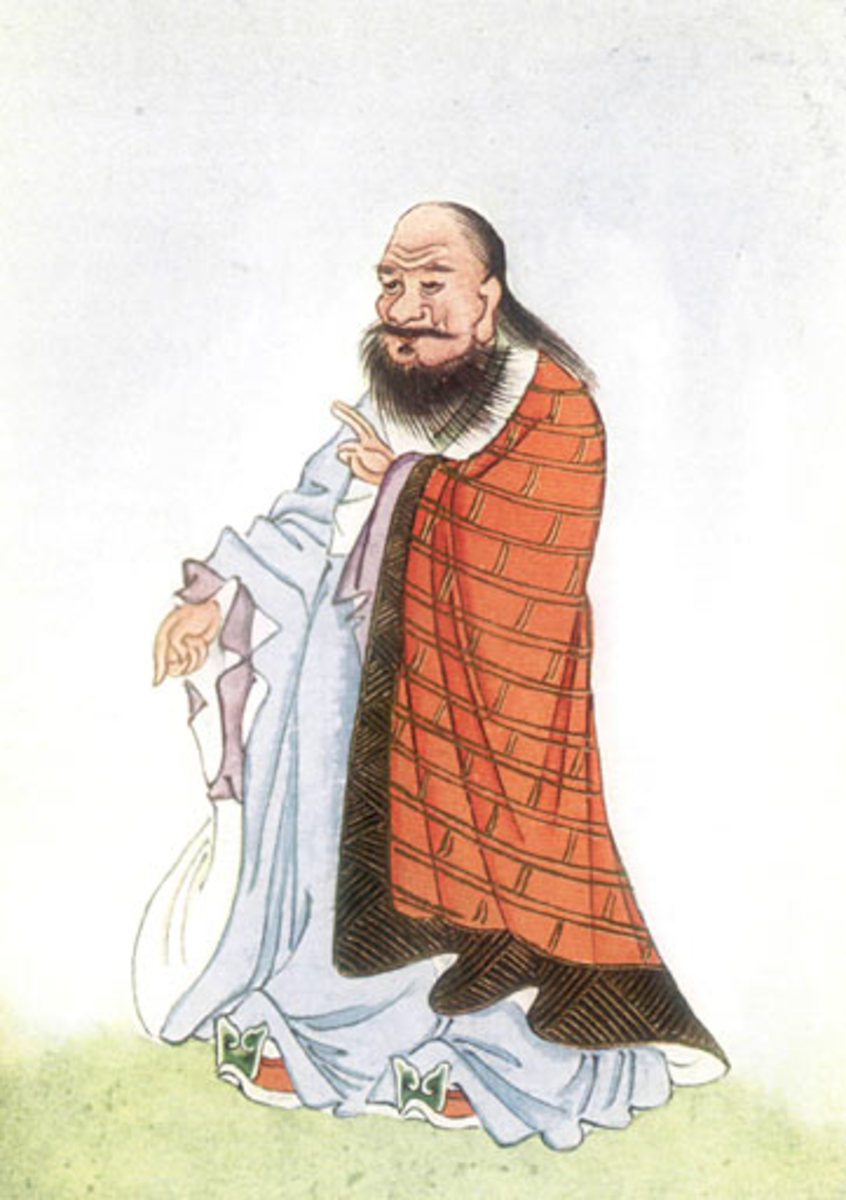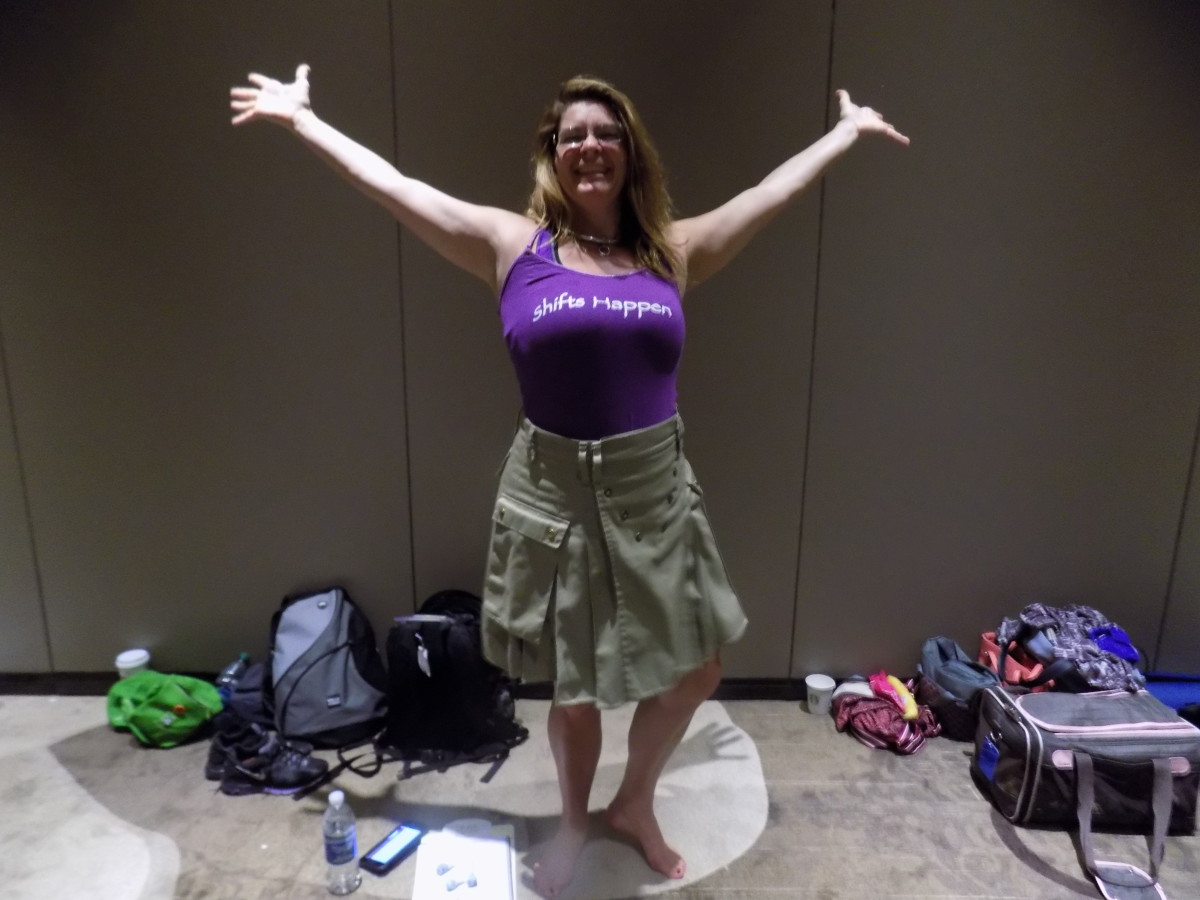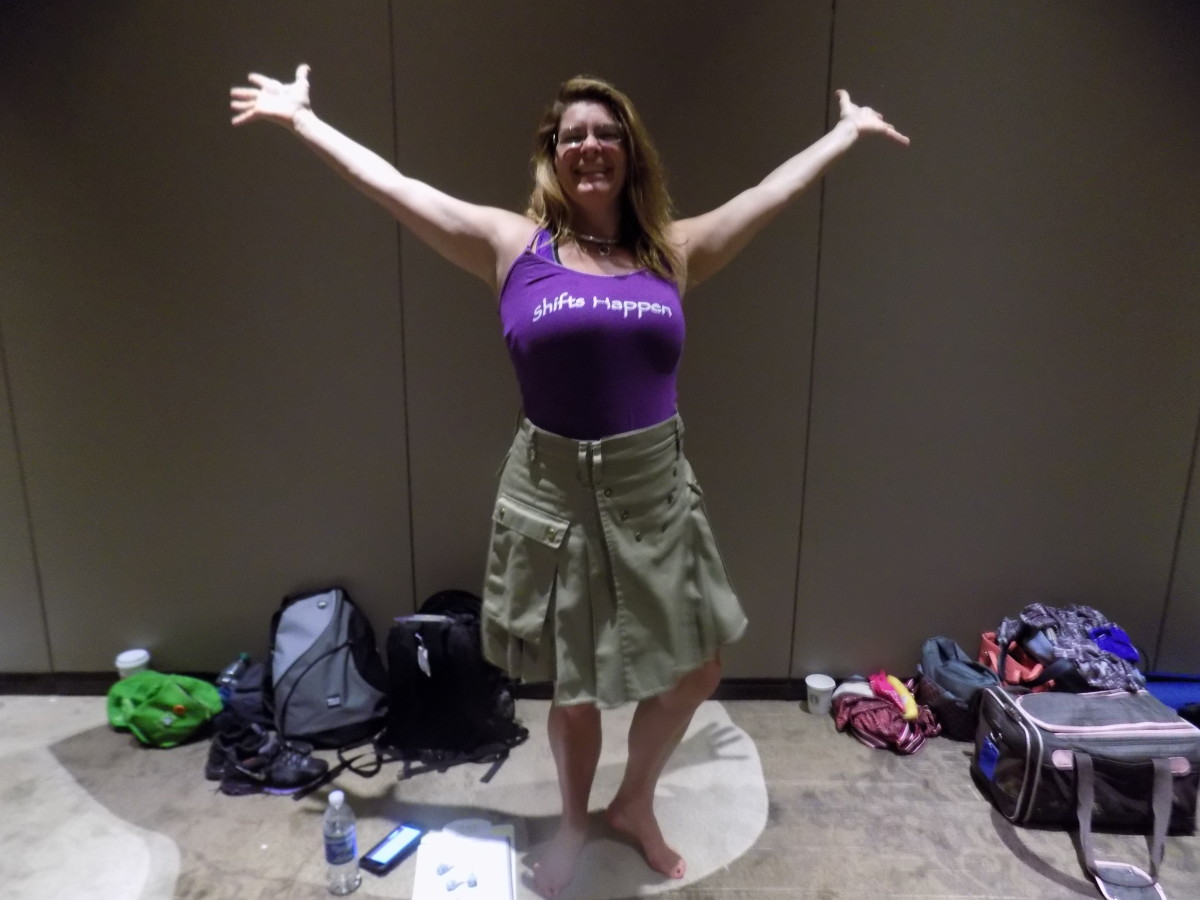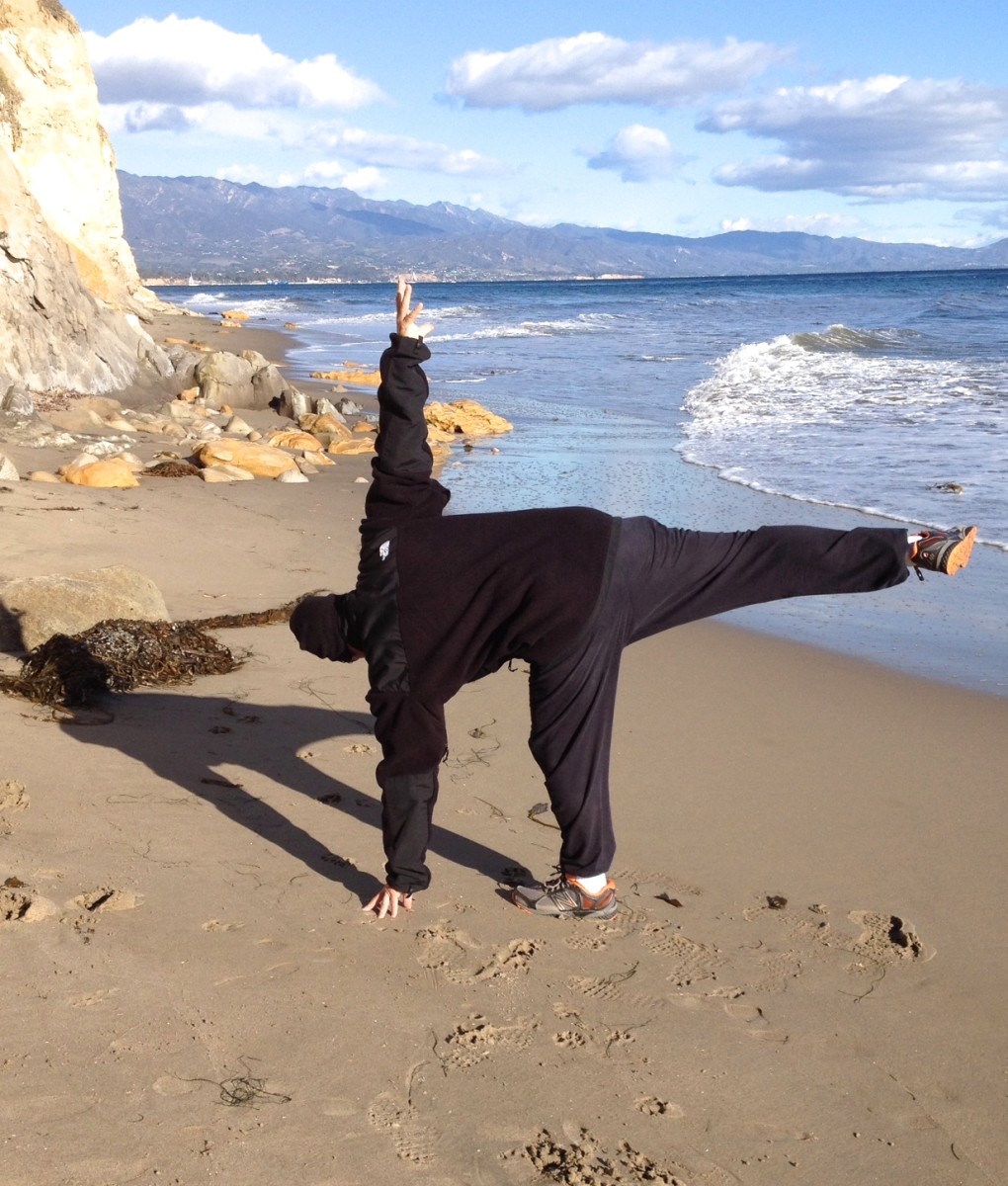The Enlightened Path Of Yoga - Basic Principles And Teachings

The Enlightened Path Of Yoga
What started as a belief and custom in India, Yoga has helped modern man cope with the challenges of everyday life -- helping man live up to his or her potential in this modern age with an enlightened mind, body, and heart.
Yoga is a traditional practice to merit a man's union with his mind, body, as well as his spirit. It is often misunderstood as a religion, or even an occult practice, but it is more of a way of life that anyone can try out for a more harmonious existence.

Yoga
What Is Yoga?
There has been a major debate as to what Yoga really is. If you consider its meaning as a Sanskirt word, it simple means "to join" or union. As a discipline, however, Yoga is more of a philosophy to help man achieve enlightenment by having a deeper understanding of his or her physical self, mental state, and of course, to live a harmonious existence in the universe and everything in it.
The definition of the word Yoga as a "union" would be more accurate. The philosophy deals with man as a division, yet with the capability to form a single presence that combines all of its qualities -- mind, body, and spirit -- defined as true enlightenment.
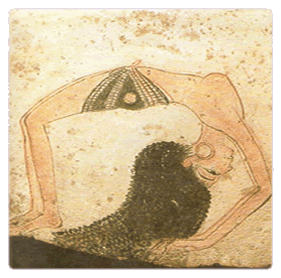

Advanced Hatha Yoga
Basic Yoga Poses : Yoga Benefits
Yoga For Health - Four Main Principles
Yoga Meditation : Yoga Meditation: Head to Toe
The Ancient Yoga
Yoga has been a part of many traditional practices and customs in many parts of Asia. If you observe closely, you will see that this practice has influenced many religions to help their patrons achieve a higher state of consciousness -- a union between man's physical essence and their spirituality.
Researches believe that the practice of Yoga has been present since the early 3300 BC. Despite the lack of accurate records on whom and where it originated from, there is no known core as to which gave birth to Yogic practice of today.
However, archeological findings were able to discover that the practice of Yoga has been centered in India and slowly branched off to other areas, like China, Japan, and Tibet, as well as the rest of the world. Statues of Buddha and other deities of many religious groups today were represented in a meditative position that is common in Yogic practice -- which is proof that Yoga has been a foundation of all these traditions practiced and believed by man today.
The 4 Paths Of Yoga
The practice of Yoga has 4 paths or stages. They differ in terms of philosophy since each one deals with a unique aspect of human life.
The most basic path is called the Hatha Yoga which deals with the physical aspect of man. This path defines techniques to allow man to take full control of his body. This path is prevalent in today's Yogic practice due to man's intimate contact with the material world, though other paths are also present yet this stage is considered as an initiation before progressing to the next.
The next Yogic stage is called the Raja Yoga which utilizes techniques that can help man achieve a meditative state. This stage of Yogic hierarchy deals with man's mental faculties -- a philosophy to help man achieve mental awareness and unite his consciousness to the enlightenment of his body.
The third stage is called the Jnana Yoga or the path of wisdom and knowledge. The philosophy helps man achieve the "knowledge of absolute" to open the mind to an awareness of the physical body and the soul before proceeding to the next stage of spiritual evolution.
The last path is called the Bhakti Yoga or "devotion". The Sanskrit word "Bhakti" means "to belong" or "to worship". This philosophy center on a person's relationship to others -- whether its man, to a practice, or even to their own deities or patrons.
Outside the 4 traditional paths of Yoga, there is a 5th path that leads the application of all 4 beliefs. The Karma Yoga is said to be a hidden path though it is widely discussed in Hinduism and Buddhist texts though not a prevalent practice in Yoga classes today. This philosophy deals wholly with man's actions and its consequences -- more like a cause and effect theory.
Hierarchy of Yogic Practice
Experts in Yogic practice define the 4 paths as a stepping stone in which to attain complete enlightenment. Yogic sages explained that man has to overcome all of the obstacles of the 4 paths in order to achieve a complete state.
As prevalent today, all Yogic practice starts with the physical state (Hatha) the moves on to the mental state (Raja). These two are considered as basic -- an essential requirement to the two higher paths, which is the path of wisdom or knowledge (Jnana) and devotion (Bhakti).

The Hurdles of Man
Aside from the paths of Yoga, ancient texts from Yogic sages revealed that man will be facing hurdles or obstacles as they go through with their practice. These obstacles come in the form of negative physical, mental, and emotional states that can limit man's ability to achieve his or her supreme form. The practice of Yoga incorporates these into account by teaching man to cope with these obstacles as they progress through the different paths.

Application of Yoga Today
Yogic practice is widely known today. Modern societies were able to define their own limitations in self-improvement that can lead to problems in their human incarnation. The path of Yoga is now being taught by many sages to help assist man cope with their physical, mental, and emotional problems and to achieve an enlightened state.
In most cases, only Hatha Yoga is said to be the most common Yogic practice in the modern world. Despite the existence of other paths, experts all believe that the presence of many physical hurdles today are said to be the reason why Hatha is more useful than other paths, though there are classes and self-help guides to help introduce an individual to the philosophy of other paths to further improve his journey to a higher self.
